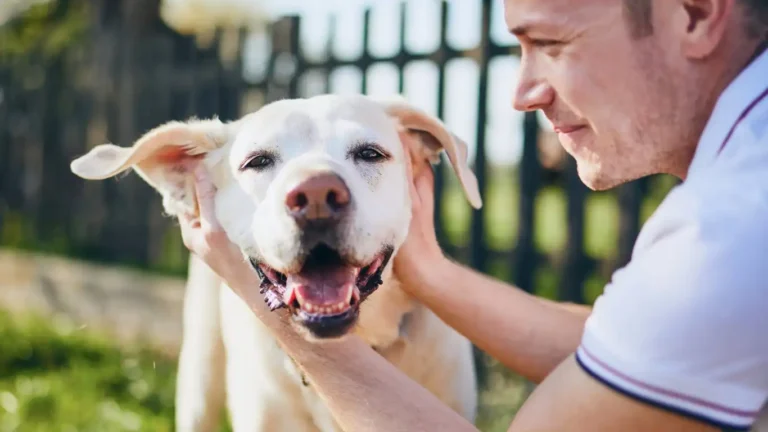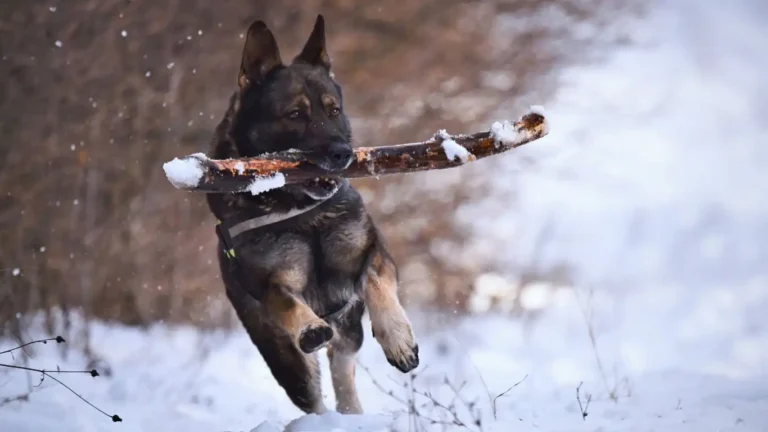How to Stop Your Dog from Barking at Other Dogs Quickly and Effectively
If you’ve ever found yourself cringing when your dog starts barking like crazy at another dog across the street or in the park, trust me—you’re not alone. I get asked all the time, “How to stop your dog from barking at other dogs?” As a vet tech specializing in nutrition, I’ve chatted with hundreds of pet parents about behavior concerns that pop up alongside dietary issues. While food might not seem related to barking at first glance, there’s actually a bigger picture at play. And honestly? I’ve had to work through this issue with my own pup too—so I totally feel your frustration.
Why Dogs Bark at Other Dogs

Before we can *stop* the barking, we’ve gotta figure out why it’s happening in the first place. Dogs don’t just bark for no reason—there’s always a trigger. Sometimes it’s fear, sometimes it’s excitement, or even a way to guard their “territory.” I once had a client’s Border Collie who barked at every dog during their walks—turns out, it wasn’t aggression. She was just *crazy excited* to make new friends. But since she didn’t know how to greet calmly, it came off as reactive behavior.
Common Reasons Dogs Bark at Other Dogs
- Fear or anxiety: Especially common in rescue dogs or those with limited socialization.
- Excitement or frustration: Like the dog wants to play but doesn’t know how to approach calmly.
- Protective instincts: Some dogs are just wired to guard their space or people.
- Lack of training: Let’s be real, many dogs just haven’t been shown a better way to behave.
I had a client bring in her Husky who was barking at every single dog on walks. The twist? He was only like this when *on-leash*. Off-leash at the dog park? Total angel. That’s called leash reactivity, and it’s more common than you’d think.
Understanding the Trigger Zones

This is one of those things that gets overlooked, but it makes a massive difference. Think about it—if someone walked up to you and got all up in your face out of nowhere, you’d probably react too, right? Dogs have something called a threshold distance—basically the comfort bubble. If another dog enters that bubble and your dog’s not ready, you’ll get the barking, lunging, and pulling combo. Been there. Literally dragged down the street by my own dog once. Lesson learned.
How to Find Your Dog’s Threshold
- Take your dog to a park or open space with a wide view.
- Observe when they start reacting—how close does the other dog have to be?
- Once you figure out that distance, stay just outside of it during training sessions.
Once you know their threshold, you can actually start to work *below* it, slowly getting them comfortable while keeping the barking to a minimum. This is the sweet spot where real progress happens.
Start with the Right Training Approach
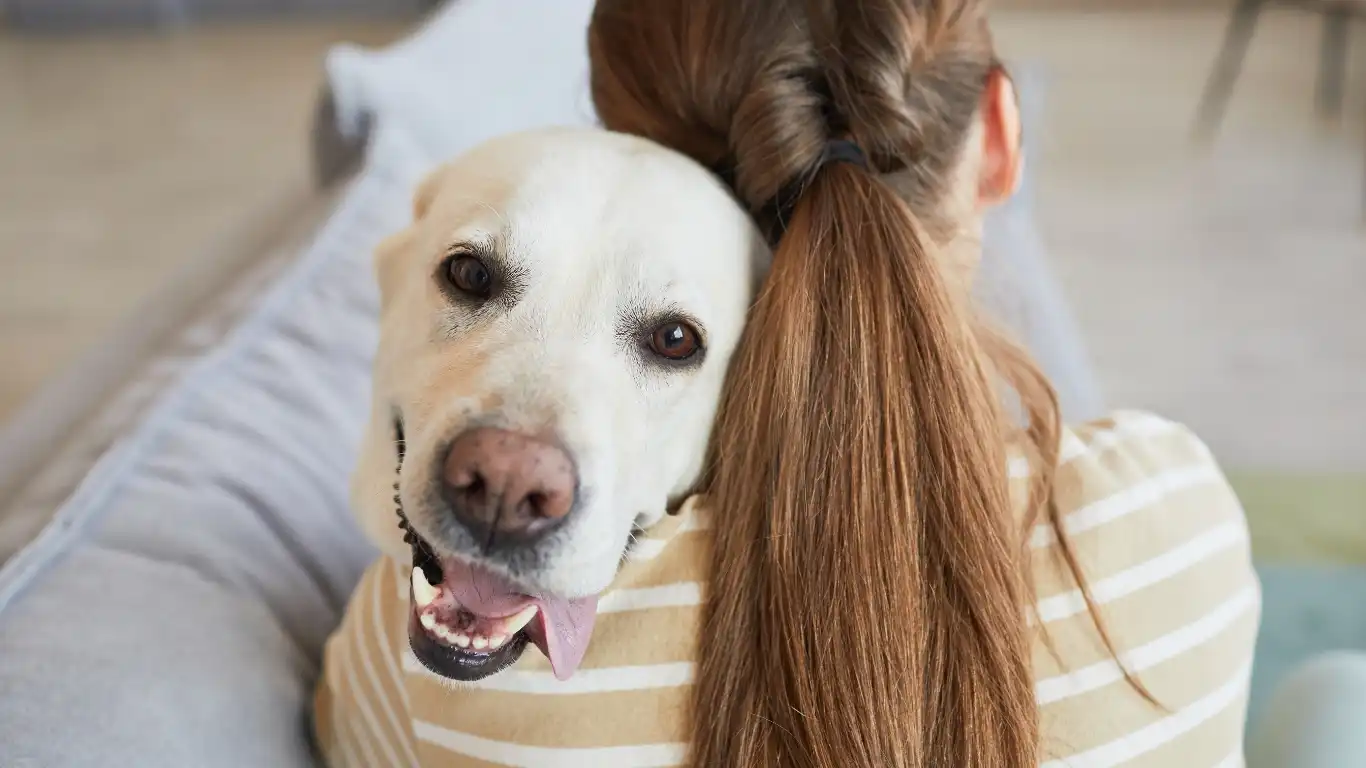
Now for the fun part—what to actually *do*. Training a dog to stop barking at other dogs isn’t about punishment or dominance or anything outdated like that. It’s about teaching them what to do instead. I always say, you can’t just tell a dog “no,” you’ve gotta give them a “yes.”
Tools That Help Without Hurting
- Treat pouch: Keep it stocked with high-value snacks. Seriously, I’m talking cheese, liver, or whatever your dog loses their mind over.
- No-pull harness: For better control during training walks. My go-to is the front-clip style—it’s a game changer.
- Clicker or marker word: Helps you “mark” the moment your dog gets it right. Timing matters!
One thing I always remind clients is: Don’t wait until your dog is already barking to train. That’s like trying to teach math during a fire drill. Work when your dog is calm, alert, and under threshold.
Desensitization and Counter-Conditioning in Action
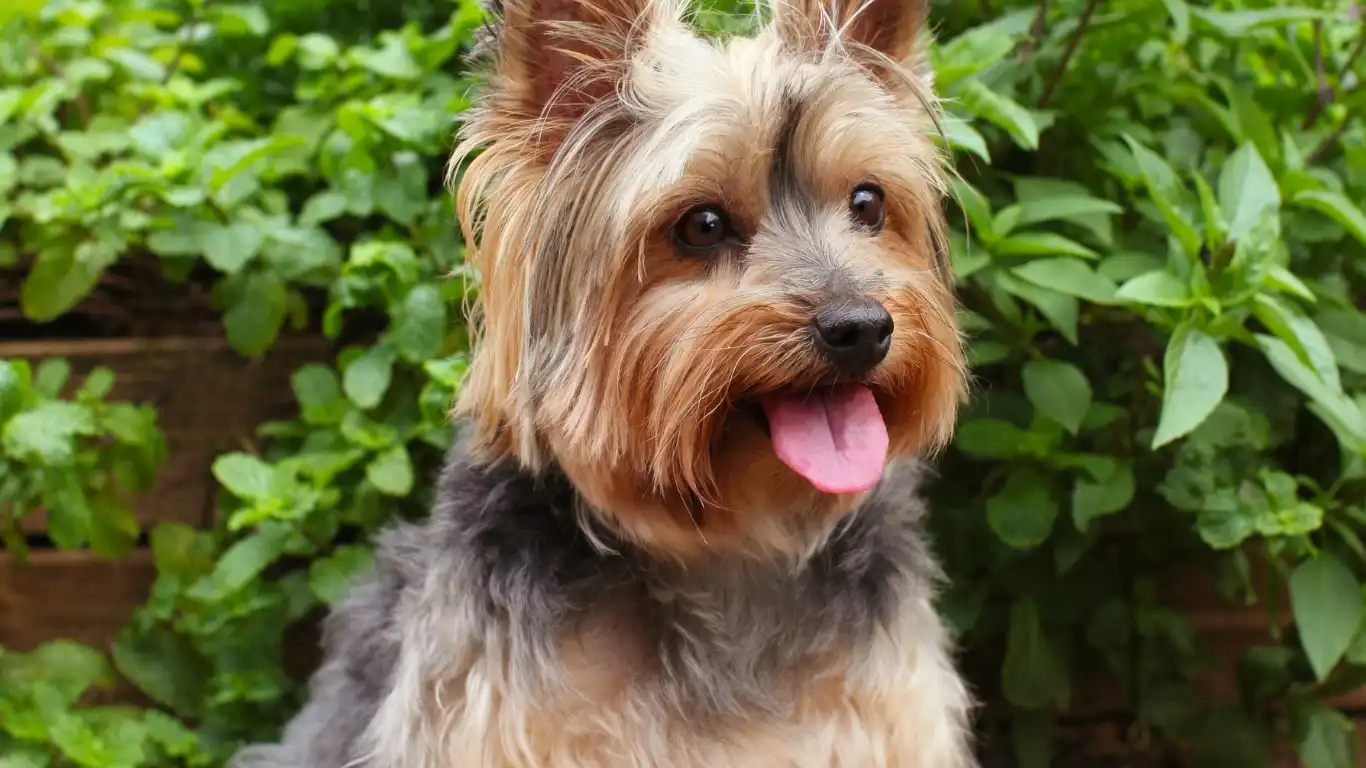
Alright, so now that you’ve got your gear and know your dog’s threshold, let’s talk about desensitization and counter-conditioning. Sounds technical, but it’s actually pretty simple—and crazy effective when done right. Basically, it’s about helping your dog form new, more positive associations with seeing other dogs.
Here’s how I usually walk clients through it (and yes, I’ve done this exact process with my own stubborn little terrier-mix):
- Start at a distance where your dog notices another dog but doesn’t bark or freak out.
- As soon as your dog spots the other dog, say a cheerful “yes!” and give them a treat.
- Repeat every time they glance at the other dog without reacting.
- If your pup starts barking, you’re too close—back up a bit and try again.
What you’re doing here is rewiring your dog’s brain to think: “Oh hey, other dogs mean treats and praise. Cool!” Instead of “INTRUDER! SOUND THE ALARM!” Trust me, when you stay consistent with this, it works wonders.
Redirection is Your Secret Weapon

This next tip is one I swear by, especially when you’re in the thick of a walk and another dog is coming at you like a slow-motion movie scene. You know the look—the locked-in stare, the tail stiffens, ears perk. You’ve got about three seconds to act before it turns into a full-on bark fest.
What I do? Redirect immediately. I usually carry a squeaky toy or some super smelly treat (hello, dried fish snacks), and I’ll cheerfully say my dog’s name and move in the opposite direction, treating like crazy once I have their attention. It’s not about punishment—it’s just guiding their focus onto something else.
Redirection Ideas That Actually Work
- “Find it” game: Toss a few treats on the ground and let your dog sniff them out. Sniffing is calming for dogs!
- Touch command: Teach your dog to touch their nose to your hand. It’s a great way to shift their focus back to you fast.
- Quick u-turn: Change directions and walk away while rewarding them for following you calmly.
I’ve had clients tell me this one redirection strategy saved them from so many embarrassing sidewalk scenes. And as someone who’s been there (yep, my pup once went ballistic in front of a yoga studio—so much for serenity), I totally get the relief when it *finally* clicks.
When It’s Time to Call in a Pro

Look, I’m all about helping dog parents DIY their way through behavior stuff, but sometimes? You need backup. And that’s totally okay. If your dog’s barking is super intense, aggressive, or just not improving, working with a certified positive reinforcement trainer can make all the difference.
I always recommend looking for trainers who are CPDT-KA certified or Fear Free certified. They’ve got the expertise to handle more complex cases without resorting to outdated, harsh methods. And they can tailor a plan specific to your dog’s personality and history—because let’s be real, not all dogs respond the same way.
One family I worked with had a sweet but super reactive Pit mix. We brought in a trainer, started working in controlled environments, used food puzzles to reduce overall stress—and after a couple of months? That dog was walking past other pups like a total champ. It took time, but it was so worth it.
What to Ask a Trainer Before Hiring
- Do they use positive reinforcement techniques only?
- Can they provide real-life examples or references?
- Do they customize their training plan to fit your lifestyle?
And just a little tip from someone in the vet world—ask your veterinarian or vet tech (hey, that’s me!) for a trusted trainer rec. We often work closely with behavior professionals and can point you to someone solid.
Be Patient—And Celebrate Small Wins
This journey isn’t a straight line. There will be amazing days and then days where it feels like you’re back at square one. That’s totally normal. Dog training is about progress, not perfection. Every time your dog stays calm when another dog passes—even if it’s just once—that’s a win.
I’ve had pet parents cry happy tears in exam rooms because their reactive dog finally walked past another dog without losing it. That kind of transformation is powerful. It builds confidence—not just in your pup, but in *you* too.
Nutrition’s Role in Calming Barking Behavior

Since I specialize in nutrition as a veterinary technician, I’d be remiss if I didn’t mention how diet can subtly influence your dog’s behavior—including that incessant barking at other dogs. It might not be the first thing you think of when tackling behavior problems, but I’ve seen firsthand how what goes into their bowl can impact their overall mood and stress levels.
Dogs on high-quality diets with balanced nutrients often show better impulse control and less anxiety. On the flip side, diets heavy in fillers, artificial ingredients, or unstable blood sugar can make some dogs jittery or reactive. It’s kind of like us—ever try to have a productive day after eating a bunch of sugar and junk? Yeah, your dog’s not so different.
Key Nutrients That Support Calmness
- Omega-3 fatty acids: Found in fish oils, these support brain health and reduce inflammation that can exacerbate anxiety.
- Magnesium: Helps with muscle relaxation and calming the nervous system.
- Probiotics: Gut health affects mood, so a balanced gut microbiome can help your dog stay chill.
- Protein quality: High-quality protein supports stable energy and reduces irritability.
When advising clients, I always recommend switching to a diet rich in whole foods and limited additives. Supplements can help, but they’re not magic fixes. Consistency with diet plus training gives you the best shot at reducing reactive barking.
Creating a Calm Environment at Home
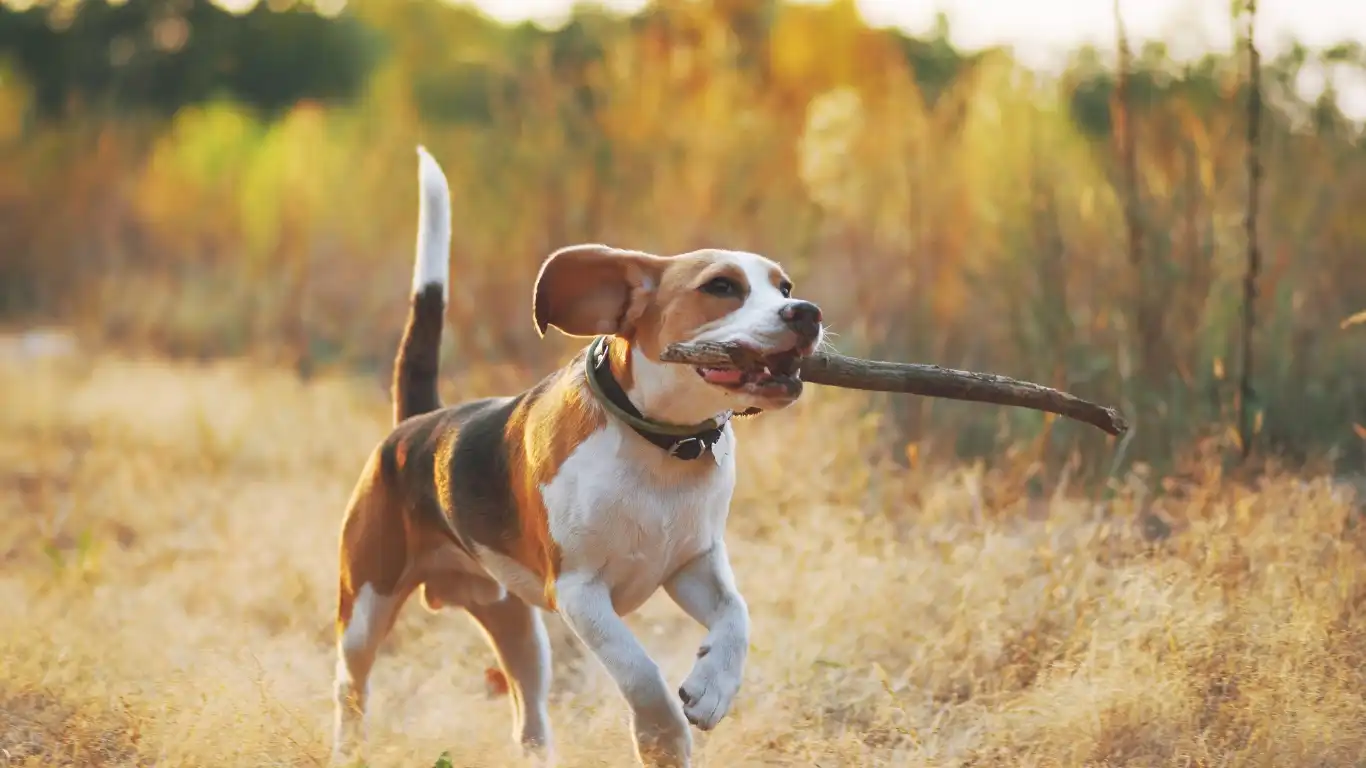
Another piece of this puzzle is the environment you provide for your dog when you’re not out on walks. Dogs who feel safe and relaxed at home are less likely to be on edge in public settings. From my experience, even the smallest changes can help reduce overall stress.
Tips for a Stress-Free Home
- Consistent routine: Dogs thrive on predictability. Regular feeding, playtime, and rest schedules make a huge difference.
- Safe spaces: Create cozy nooks or crates where your dog can retreat when overwhelmed.
- Calming aids: Consider white noise machines, calming pheromone diffusers, or even classical music to soothe anxiety.
- Regular exercise: A well-exercised dog is generally calmer and less reactive.
Personally, I swear by a daily walk followed by a chill cuddle session with my dog. It’s like a reset button for both of us—afterward, he’s way less likely to go ballistic over every passing pooch.
Putting It All Together: Your Action Plan
Alright, you’ve got the know-how, some tools, and a little insider scoop from a vet tech who’s been there. Now it’s time to take these pieces and craft a plan that fits your dog’s unique personality and needs. Here’s a quick checklist to keep in mind:
- Identify your dog’s triggers and threshold distance.
- Use desensitization and counter-conditioning techniques to change how your dog feels about other dogs.
- Keep training sessions short, positive, and consistent.
- Use redirection tools and games during walks to focus their attention.
- Consider nutrition as a supportive factor for your dog’s overall calmness.
- Create a calm, safe home environment to reduce stress.
- Know when to seek professional help if things get too tricky.
Remember, every dog is different, and what works for one might not work for another. Be patient, celebrate the small wins, and most importantly, enjoy the process of bonding with your furry friend as you work through this together.
References
- American Veterinary Medical Association
- Association of Professional Dog Trainers
- American Kennel Club
- American Society for the Prevention of Cruelty to Animals
Disclaimer
This article is intended for informational purposes only and does not substitute professional veterinary advice. If your dog exhibits aggressive behavior or severe anxiety, please consult a licensed veterinarian or a certified dog behaviorist for personalized guidance. Always prioritize safety for you, your dog, and others.


